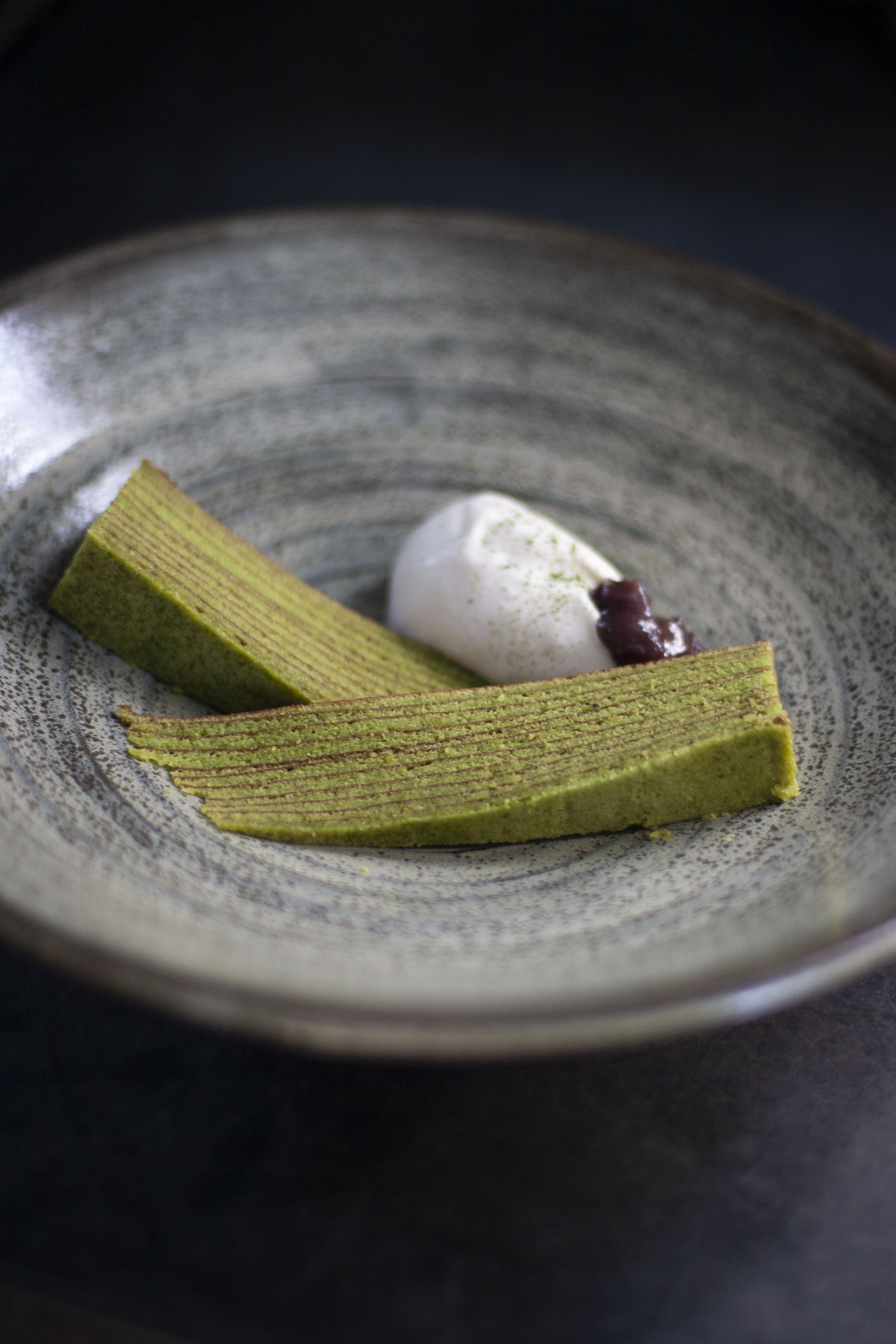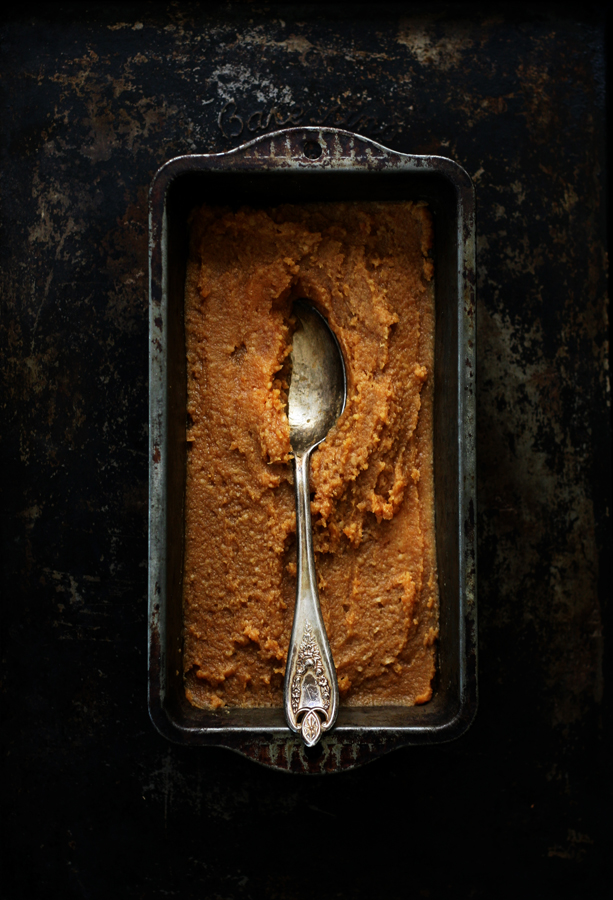After I posted a buamkuchen-inspired matcha layered cake a while ago on my instagram, I was asked if I sell the cake somewhere. My recipe is inspired and adapted from Mr. Saigen Daisuke, who came up with his own version of traditional baumkuchen. According to him, his recipe resembles the Baumkuchen from Patisserie VILLON in Japan.
Patisserie VILLON is opened in 1965, and is a well-respected patisserie shop in Japan. Although I’ve never tried its baumkuchen before, this recipe reminds me of the buamkuchen I grew up with in Japan :)
At first, I tried making it with a Japanese egg pan, a handmade aluminum foil log, and used the stove top to make the cake into a log shape. With my limited equipment availabilities, using a sheet pan or some form of pan and the broil setting in the oven or toaster oven works better for me. Since the shape and ingredients are nothing like the original baumkuchen, I would call this recipe as Baumkuchen-Inspired Matcha Layered Cake :)
I want to special thanks to my dear friend, Christine to go through my recipe :)
BAUMKUCHEN INSPIRED / MATCHA LAYERED CAKE
YIELD: 1/8 sheet pan (approx. 6 1/2” x 9 1/2” x 1” size)
<INGREDIENTS>
100g unsalted butter, at room temperature
4 large eggs, separated, at room temperature
30g AP flour, sifted
60g Almond Flour
40g Superfine Rice Flour, sifted
5g Baking Powder
25g Greek Yogurt, Unsweetened, full-fat
1 tsp Honey
2 Tbsp Heavy Cream
2 Tbsp Rum Liquor
1/2 tsp Pure Vanilla Extract
140 g Granulated Sugar
9 g Matcha Powder, fine quality, sifted
Pinch Sea Salt
<PREPARATION>
Whisk matcha powder + 3 tbsp sugar (from the ingredients) together and set aside
Mix almond flour and 2 Tbsp rice flour (from the ingredients) together in a food processor until the mixture resembles sand.
Sift AP flour and baking powder together
< DIRECTIONS >
Place a silicone mat or spray & place parchment sheet on sheet pan. Preheat the broiler grill on the oven or toaster oven.
In a mixing bowl, mix the butter until light and fluffy. Add the almond flour and mix gradually until it comes together. Scrape the bowl.
One at the time gradually, add honey, matcha mix, 1/2 of the AP flour, yogurt, vanilla extract, rum liquor, and heavy cream. Scrape bowls. Add the egg yolks one at a time, followed by 1/3 of the remaining rice flour, beating well after each addition. (Repeat yolk - rice flour additions alternating the yolk and flour.) Scrape the sides down to make sure the eggs are fully incorporated. Fold in the remaiing AP flour & baking powder mix until fully incorporated.
Make a meringue with the egg whites. Put egg whites and pinch of salt in a bowl. Whisk the egg whites. Add granulated sugar gradually until shiny, soft peaks form.
Put 1/3 of the meringue into the egg yolk batter. Slowly add the remaining meringue, fold and mix well.
Using a ladle, pour a small layer of the batter onto the silicon mat. Spread the batter evenly with a small offset spatula. Put the sheet pan inside the oven and bake until the surface turns brown.
Pour a second thin layer of the batter on top of first layer. Spread the batter evenly. Put the pan back inside the oven and bake until the surface turns brown. Repeat the process. This can make 10-12 layers depending on the pan size.
Once you are done baking, let it cool down till slightly warm. Unmold the cake. Immediately wrap the cake with plastic wrap or aluminum foil. This prevents the cake from drying out.
NOTE:
Please use high quality matcha if you can. If the matcha powder is old or not properly stored, it makes different outcome (yellowish color vs. green, less matcha taste)
Wrapping the cake while still warm makes a significantly different outcome to the flavor and moisture of the cake.












